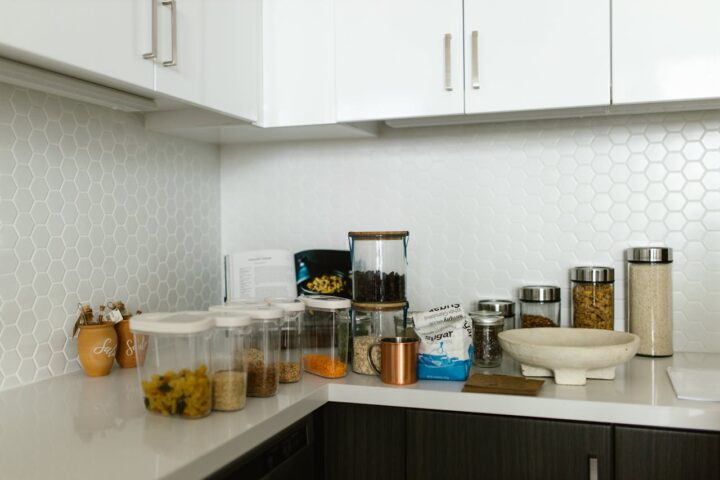VTT Technical Research Centre of Finland has hit a new milestone in packaging innovation. They’ve created a cellulose-based material for rigid packaging that stretches up to 30% – a big deal considering most commercial options max out at 18%. This leap forward means we can now think about replacing some plastic packaging with this stretchy, cardboard-like alternative.
Here’s the nitty-gritty: foam forming technology is the secret sauce behind this breakthrough. It’s a method that lets VTT push the boundaries of how much cellulose webs can stretch. Why does this matter? Well, in the packaging world, being able to stretch means you can shape and hold more stuff. Think bigger boxes for your cold cuts, without needing more material.
Jarmo Kouko from VTT is pumped about this. He says, “Polypropylene film is one of the world’s most used polymers – its extensibility is up to 300%. Our invention now offers a viable, sustainable alternative on the market.” That’s a big claim, considering how much the packaging industry relies on plastics like polypropylene.
Similar Posts
The timing couldn’t be better. The EU’s been cracking down on single-use plastics, and companies are scrambling to find eco-friendly options that won’t break the bank. VTT’s solution is ready to roll on existing packaging lines, which is a huge plus for companies looking to switch without a hassle.
Kristian Salminen from VTT points out, “The fact that VTT, together with gruppo x di x gruppo s.r.l. and Lappeenranta-Lahti University of Technology (LUT), were able to incorporate the product into existing product packaging lines with no changes in the process, making it affordable and easy for brands to adopt the product as a sustainable alternative to plastic packages can be a real game-changer.”
This isn’t just a lab experiment. VTT worked with 54 companies and the Regional Council of Central Finland to make sure this new material is ready for prime time. They’re not keeping it a secret, either. They’re heading to The Greener Manufacturing Show in Cologne, Germany, to show off what they’ve done.
So, what’s the big picture? VTT’s work is a step towards less plastic and more sustainable materials in our everyday products. It’s about meeting strict environmental laws without giving up the convenience packaging offers. And it’s proof that with a bit of science and a lot of collaboration, the packaging industry can innovate in a way that’s better for the planet.


















